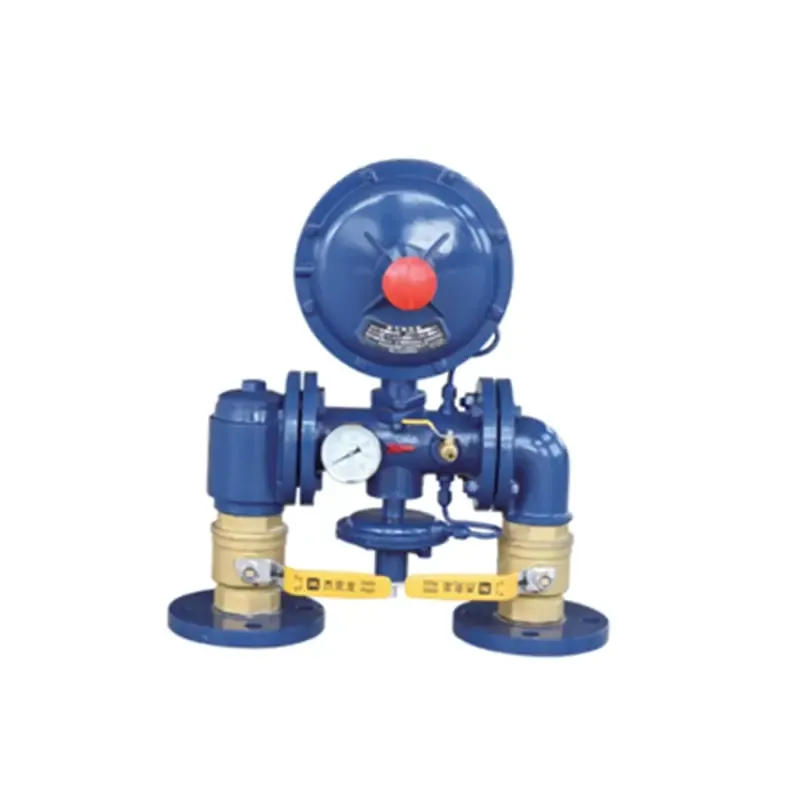
Nov . 05, 2024 22:23
Back to list
Safety Valve Functionality and Importance in Industrial Applications
The Importance of Safety Valves
In today's world, where industrial processes are critical to our daily lives, safety equipment plays a paramount role in ensuring both efficiency and safety. Among these crucial components, safety valves stand out as a vital element in preventing accidents and protecting equipment from dangerous pressure build-ups.
A safety valve, also known as a pressure relief valve, is an automatic device designed to open at a predetermined pressure to release excess pressure from a system. This mechanism helps to prevent potential failures, explosions, or catastrophic leaks in various industrial contexts. Any system that has the potential to generate excess pressure, such as boilers, pipelines, and chemical reactors, typically incorporates safety valves.
.
Safety valves come in several types, including spring-loaded valves, pilot-operated valves, and managed pressure relief systems. Spring-loaded safety valves are the most common. They operate using a spring mechanism that closes the valve; when the pressure exceeds the set limit, the spring compresses, allowing the valve to open and release the excess pressure. Pilot-operated valves, on the other hand, utilize a smaller pilot valve to control the larger main valve, making them often more sensitive and suitable for applications requiring high accuracy.
صمام الأمان

The proper selection and maintenance of safety valves are essential for their effectiveness. Each application demands specific design and operational parameters. Engineers must consider factors such as the type of medium being handled, the pressures and temperatures involved, as well as the installation environment. Regular maintenance and testing must also be conducted to ensure that safety valves function correctly and respond promptly to overpressure conditions.
Inadequate safety measures, including improperly functioning safety valves, can lead to disastrous consequences. Numerous industrial accidents have highlighted the importance of these devices. For instance, major explosions in refineries and chemical plants are often traced back to the failure of pressure relief systems. Therefore, regulatory agencies have established stringent guidelines and standards to ensure the proper design, installation, and maintenance of these critical components. Compliance with such standards not only safeguards workers' lives but also protects the environment and company investments.
Moreover, as industries continue to innovate and embrace automation, the role of safety valves is evolving. Modern safety valves are increasingly integrated with digital monitoring systems that provide real-time pressure data, predictive maintenance analytics, and automated control. This integration can enhance reliability, optimize performance, and provide immediate alerts to potential malfunctions, further minimizing risks.
In conclusion, safety valves are indispensable components in the arsenal of safety devices used across various industries. Their ability to mitigate risks associated with overpressure situations is vital for protecting personnel, equipment, and the environment. As technology advances, the development of more sophisticated pressure relief systems will play an essential role in enhancing operational safety. Hence, investing in quality safety valves and ensuring their proper maintenance should be a top priority for any facility aiming to uphold safety standards and operational excellence.
Latest news
-
Safety Valve Spring-Loaded Design Overpressure ProtectionNewsJul.25,2025
-
Precision Voltage Regulator AC5 Accuracy Grade PerformanceNewsJul.25,2025
-
Natural Gas Pressure Regulating Skid Industrial Pipeline ApplicationsNewsJul.25,2025
-
Natural Gas Filter Stainless Steel Mesh Element DesignNewsJul.25,2025
-
Gas Pressure Regulator Valve Direct-Acting Spring-Loaded DesignNewsJul.25,2025
-
Decompression Equipment Multi-Stage Heat Exchange System DesignNewsJul.25,2025

